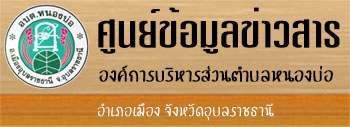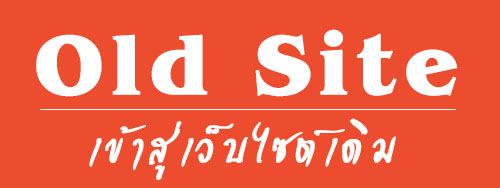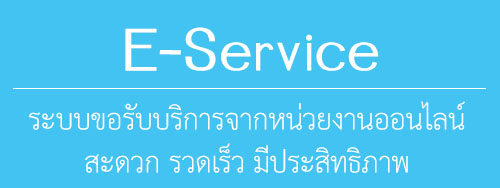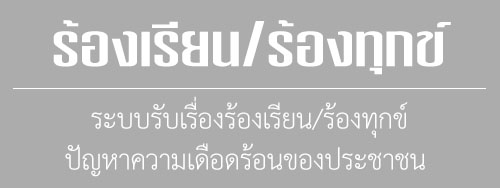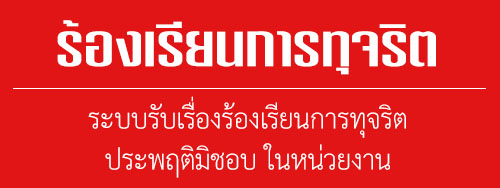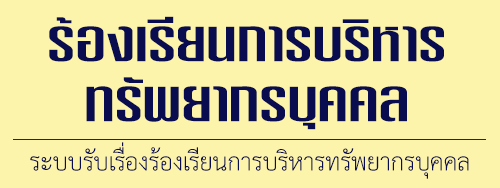USDT TRON-based Transfer Check and Financial Crime Prevention (Anti-Money Laundering) Procedures
As digital assets like USDT TRON-based rise in usage for fast and low-cost transactions, the demand for protection and adherence with financial crime prevention regulations expands. Here's how to review USDT TRON-based payments and confirm they're not connected to illicit operations.
What is TRON-based USDT?
TRON-based USDT is a digital currency on the TRON ledger, valued in correspondence with the USD. Recognized for its minimal costs and quickness, it is commonly utilized for global payments. Verifying payments is crucial to prevent connections to illicit transfers or other unlawful activities.
Checking TRON-based USDT Transfers
TRONSCAN — This ledger tracker permits users to follow and validate Tether TRC20 transfers using a wallet address or TXID.
Tracking — Skilled participants can monitor suspicious behaviors such as large or rapid transactions to spot suspicious behavior.
AML and Dirty Cryptocurrency
Anti-Money Laundering (AML) standards assist block unlawful financial activity in digital assets. Tools like Chainalysis and Elliptic permit companies and exchanges to identify and prevent criminal crypto, which signifies capital tied to illegal activities.
Solutions for Adherence
TRONSCAN — To verify TRON-based USDT payment information.
Chainalysis and Elliptic — Used by crypto markets to ensure AML adherence and follow unlawful operations.
Final Thoughts
Making sure protected and legal USDT TRC20 payments is essential. Services like TRX Explorer and AML tools support protect traders from interacting with criminal crypto, promoting a safe and regulated cryptocurrency space.

